A while back, I wrote an article on my top 5 iconic chronograph watches. Some of you readers wondered why Zenith wasn’t in there. Quite simply, it didn’t make my personal Top 5. However, I do love the Zenith El Primero movement, and think that its reputation as a great chronograph caliber is well-earned. So, to make it up for some of you fellow watch nerds out there, I’ve compiled a Fratello Friday article that focuses specifically on chronograph movements rather than watches. Here is my personal top 10. One of my watch-loving friends – who, sadly, passed away a couple of years ago – had a special appreciation for chronographs and even ended all his e-mails with, “Chronographs, like most finer things in life, only improve with time.” If you want to know more about chronograph movements, and certain specific calibers, from a collector’s point of view, I recommend you read the interview I did with him a couple of years ago (click here). Although it does not include the latest chronograph movements, it is still a useful article covering many important aspects of chronographs.
Another great read that I can recommend if you want to learn more about chronograph movements is the book Chronograph Wristwatches – To Stop Time, written by Gerd-Rüdiger Lang (founder and former CEO of Chronoswiss) and Reinhard Meis. The book dates from 1993 and offers good – albeit very technical – descriptions of the various chronograph movements out there.
My personal Top 10 contains in-house manufactured movements as well as mass-produced movements from manufacturers such as Lemania. You will also note that I’ve included types with both column-wheel and lever mechanisms. Other considerations include aesthetics and other attributes, all based on my experience in watch collecting over the last 15 years.
1. Zenith El Primero
The El Primero was introduced in 1969 and the first two versions were Caliber 3019PHC (with chronograph and date) and Caliber 3019PHF (with triple date, moon-phase, and chronograph). This first automatic chronograph movement ever is a ‘fast ticker,’ with a frequency of 36,000 vibrations per hour (vph). Most chronographs at the time of its introduction were ticking at 18,000 vph or 21,600 vph. The 36,000 vph makes it possible to time intervals to 1/10th of a second. The El Primero movement as we know it today is an evolution of the very first Caliber 3019 movements. Over time, we’ve seen several brands other than Zenith using El Primero chronograph movements, including Movado, TAG Heuer, Ebel, and even some Rolex Daytonas (though Rolex made some adjustments to it). If you are really into chronographs, you need at least one watch with this movement inside it.
2. Lemania 5100
You don’t have to be a movement expert to see that this one is a rather ugly specimen. It has no column-wheel mechanism and it even has some plastic parts inside. The reason that I put this particular movement at number 2 is that it is a no-nonsense workhorse, with central second and minute chronograph hands (for easier reading), a 24-hour hand, and a day-date feature. This movement was discontinued a few years ago, which apparently brought a few chronograph collectors nearly to tears. Tutima is one of the brands that has used it for a very long time, even after the discontinuation of its production. Other brands that have used the Lemania 5100 include Omega (which calls it Caliber 1045), Sinn, Fortis, Porsche Design, and Alain Silberstein. Lemania also created its own chronograph watches in the past that contained this movement. Word is that Fortis, Sinn and Tutima used this particular movement because it was the only one at the time meeting military requirements for chronograph watches. (Photo from Watchconcept.com).
3. Lemania 2310
Another Lemania, but very different than the 5100. This Lemania 2310 is perhaps better known under Omega’s “Caliber 321” label, which was used in the very first Omega Speedmaster watches (click here). However, Omega wasn’t the only brand to use this Lemania column-wheel chronograph caliber. Even Patek Philippe used it for some of its chronograph watches, renaming it Caliber CH27-70. Of course, the Patek Philippe CH27-70 looked very different from the Omega Caliber 321 in terms of its finish, but both are based on that very same Lemania movement. Speedmaster fans crave the original Caliber 321, which Omega replaced in 1968 with Caliber 861 (also based on a Lemania movement), which had a lever mechanism instead of a column wheel. (Photo courtesy of SteveG)
4. Rolex 4130
Before 2000, Rolex used hand-wound Valjoux Caliber 72 chronograph movements, and modified Zenith El Primero movements, for its Cosmograph Daytona watches. In 2000, Rolex introduced the successor to its Caliber 4030 movement (based on the El Primero), Rolex Caliber 4130. Fully developed and manufactured in-house, this automatic chronograph chronometer movement is solid as a rock and cleverly engineered. Rolex was able to reduce the number of components with a new, patented solution for the chronograph mechanism. The extra space has been used to house a larger mainspring, which increased the power-reserve capacity from 50 to 72 hours. A watchmaker from a local Rolex service center has also told me that the Daytona is quite easy for them to service thanks to this movement’s construction.

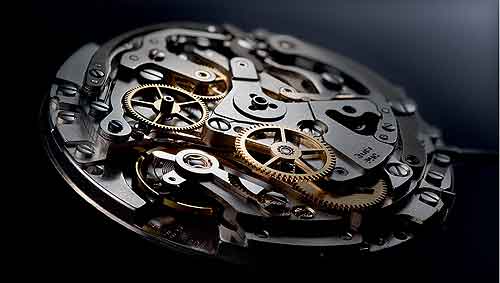
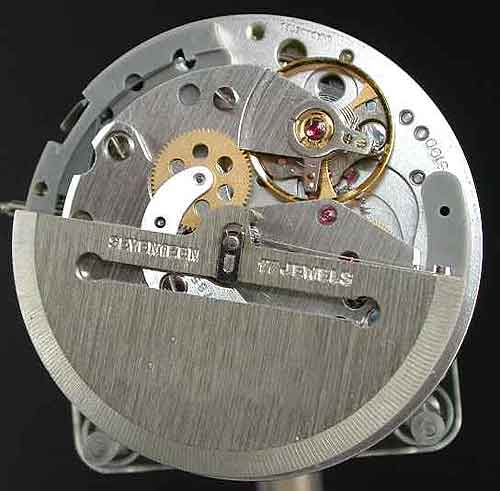

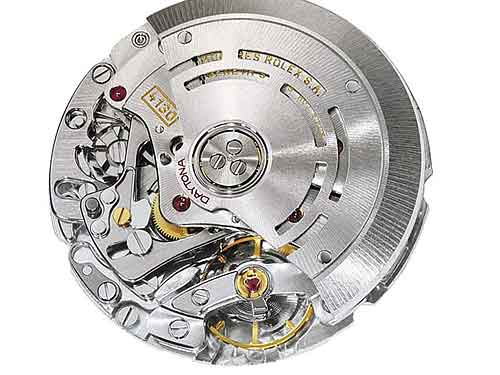
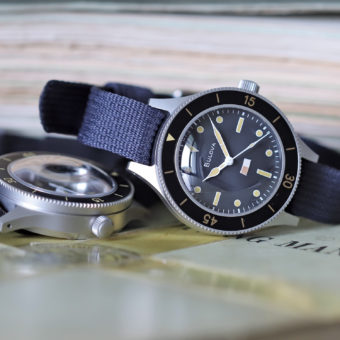
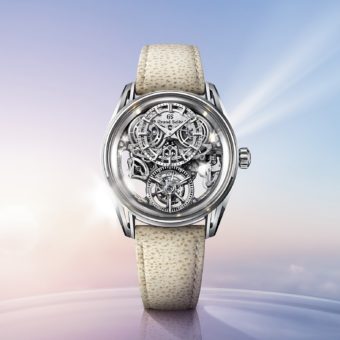
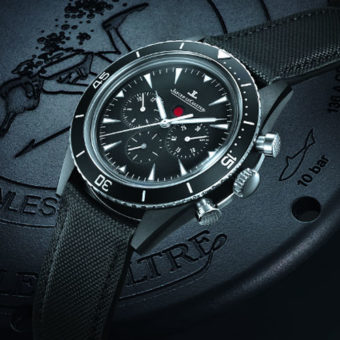
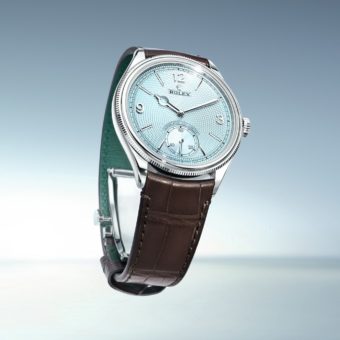
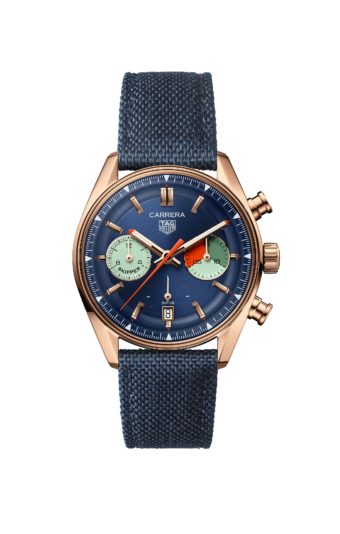
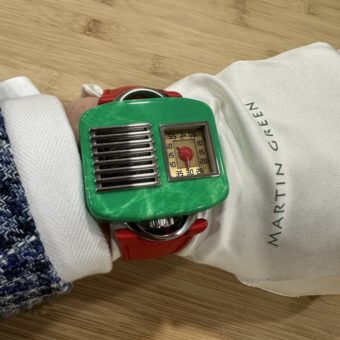
Anyone have any experience with the Cartier 1904CH? Column wheel and verticle clutch puts it with the big players but wondering how it performs.
The Valjoux 7750 movement has been nothing but brilliant in my experience and it is a shame that it has not featured here. My personal favourite watch with this movement is my Tissot PRS516 which I purchased in 2009. It is NOT a certified chronometer but still keeps time well within chronometer specs even after 5 years! Which begs the question…should I have it serviced or leave it alone?? I believe the Valjoux 7750 movement was designed in 1972 by Edmond Capt only a year after he left Rolex. The movement officially went into production in 1973 and is still widely used today due to its availability, durability and serviceability.
Nice list!
Like Bill I miss the V7750, but also the Calibre 11.
I guess there just wasn’t enough space for 2 more calibres in a top10 list ;-)
Great article, thanks!
Regards,
Bart
I’ll bite……why is the Valjoux 7750 not on your list?
+1